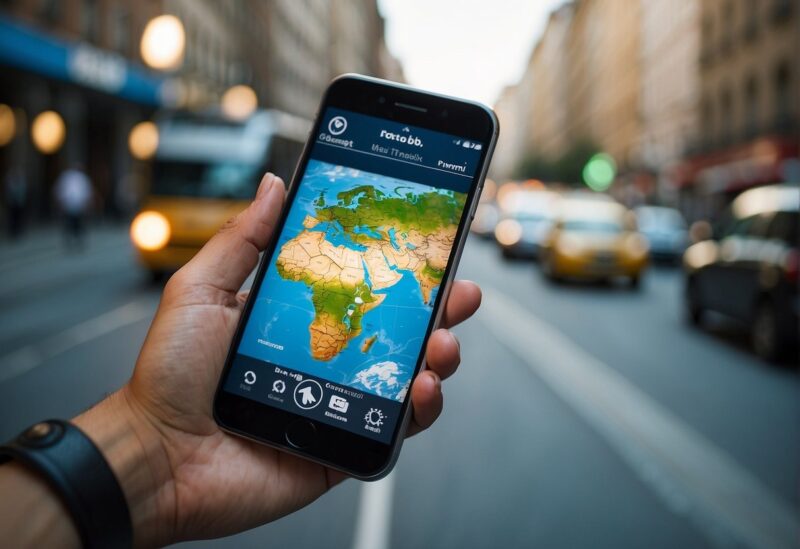If you’re planning an overseas trip, here’s the short answer: technology turned international travel from a paperwork-heavy guessing game into a connected, personalized, largely self-serve experience.
From booking to boarding to getting around in a new city, the tools you use shape every step – and often save you time, money, and stress.
Key Points – How Travel Has Changed
- You can plan and book end-to-end from your phone, with transparent pricing and reviews.
- Crossing borders is faster thanks to mobile boarding passes, biometric gates, and e-visas.
- eSIMs, roaming controls, and travel apps keep you connected and safer on the move.
- Contactless payments and digital wallets reduce cash dependency and fees.
- Real-time navigation, translation, and local discovery apps make unfamiliar places feel familiar.
- Data helps personalize trips – loyalty programs, alerts, and smart recommendations.
Planning and booking moved from agents’ desks to your pocket
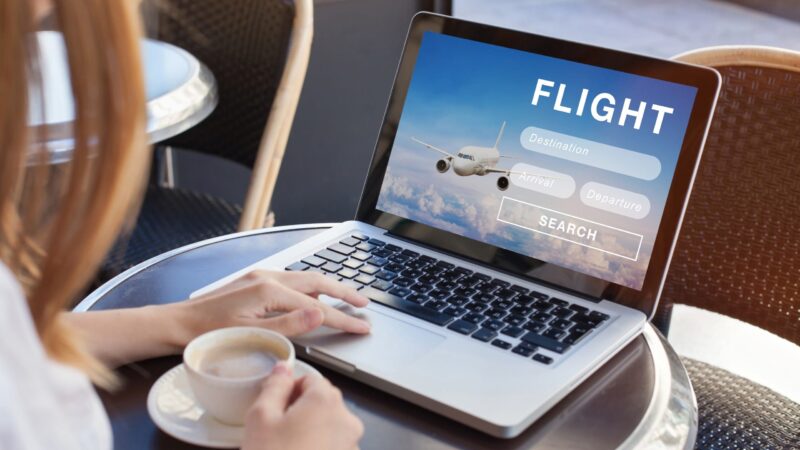
Finding flights once meant a long call with an agent; now, meta-search engines and airline apps surface options across dates, fare classes, and cabins in minutes. You compare baggage rules, seat maps, and layovers in one place and lock in a booking without hidden phone fees.
The same pattern applies to stays: platforms aggregate hotels, serviced apartments, hostels, and boutique properties with verified photos, location data, and – critically – hundreds of guest reviews that help you avoid surprises.
The biggest shift here is control. You can build an itinerary that suits your budget and comfort level (redeye vs. stopover, city center vs. quieter neighborhood) and tweak it on the fly. When plans change, mobile self-service rebooking usually beats waiting in a line at the counter.
Smart filtering beats FOMO
Short bullet checks to keep choices sane:
- Filter by total trip time, not just ticket price – cheaper isn’t cheaper if you lose a day in layovers.
- Look at cancellation rules first; flexibility is worth a small premium.
- Weigh location over amenities; a 10-minute walk can beat a daily rideshare bill.
Connectivity is no longer a luxury

The difference between a smooth international trip and a stressful one often comes down to connectivity. Today you can land, scan a QR code, and activate an eSIM – no kiosk hunt, no SIM-tray tool. Most modern phones let you run multiple plans at once (home line + travel data), so your number stays reachable while you use local-rate data.
If you’ve ever wondered what data roaming mean, it is when your phone uses another carrier’s network (outside your home network’s coverage – often abroad) to access the internet. Because you’re on a partner network, usage is billed under special “roaming” rates, which can be pricier or limited unless your plan includes roaming.
Tip: Before departure, download offline maps and translation packs just in case. Even with great coverage, metro tunnels, rural roads, and old towns with thick walls will test any signal.
Border crossings are faster – and more self-serve
Airlines and border agencies have steadily digitized the bottlenecks. You check in on your phone, upload passport details, and show a rotating QR code at security and the gate. Many airports now use biometric e-gates that verify your face against your passport chip. E-visas and online travel authorizations replace paper forms, and health or customs declarations are often completed in advance.
This doesn’t eliminate rules; it surfaces them earlier. Your phone reminds you about passport validity, onward tickets, and vaccination certificates, so you’re less likely to be turned away at the gate.
Pack your “digital documents” like you pack your carry-on
- Passport scan + backup in a secure cloud vault.
- PDF copies of tickets, insurance, and e-visa approvals stored offline.
- An extra power bank; dead phone = lost boarding pass.
Money goes contactless – and fees shrink
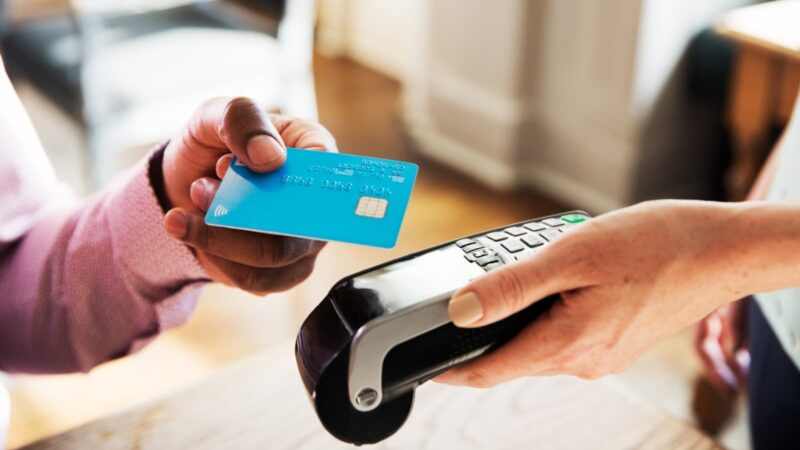
International travelers used to juggle cash exchanges, traveler’s checks, and surprise fees. Now, tap-to-pay and mobile wallets are accepted in most major cities, and multi-currency cards auto-convert at near-market rates. You can still carry a little cash for markets and rural areas, but contactless is the default for transit gates, supermarkets, museums, and cafés.
Budgeting gets easier, too. Apps categorize spending in real time, flag subscriptions you forgot to cancel, and send alerts when you’re nearing your daily limit. Splitting bills with friends is no longer a spreadsheet chore – one tap and it’s settled.
Navigation, language, and discovery made unfamiliar places feel usable
Real-time transit data means you can step off a flight and see exactly which train is leaving next, which bus stop to use, and how long it takes to walk there. Turn-by-turn walking directions, bicycle routes, and rideshare ETAs all live in one interface.
Language tools have also leapt forward. On-device translation can listen, transcribe, and speak back – useful for ordering food, negotiating a taxi, or checking into a guesthouse. Visual translation lets you point your camera at a sign or menu and read it in your language. That lowers friction and increases confidence, especially when you’re traveling solo.
A quick “first hour” routine on arrival
- Connect to data (eSIM or Wi-Fi), pull up your accommodation pin, save it.
- Check the last train/bus times so you don’t get stranded.
- Add a local emergency number and your embassy contact to favorites.
Safety and support are built into the tools you already use
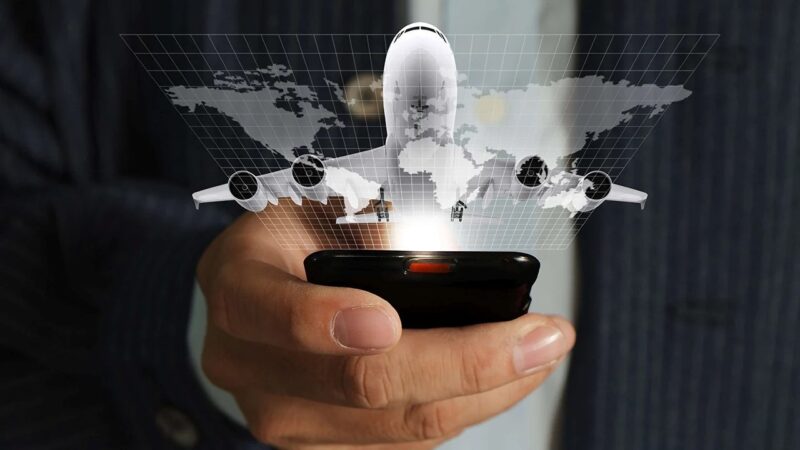
Live location sharing lets a friend track your late-night walk back to the hotel. Ride apps record routes and driver details. Banks ping you if your card gets skimmed; you freeze and reissue from the app. Many travel platforms now offer 24/7 chat support that can rebook you during disruptions while you’re still in the taxi to the airport.
Insurance has modernized too. You can purchase trip, health, and gadget coverage on demand – by day or week – and file claims with photos and receipts uploaded from your phone. That immediacy is a lifesaver when plans go sideways.
Personalization and loyalty points that pay off on real trips
Every search, booking, and review teaches your apps what you prefer – aisle seats, quiet rooms, walkable neighborhoods, late checkout. Instead of “spray and pray” deals, you get targeted alerts: a fare drop on your saved route, an upgrade offer that’s actually worth it, or a boutique hotel that matches your style.
Loyalty programs also feel less opaque. Dashboards show progress toward perks, and “cash + points” redemptions make premium experiences attainable on mixed budgets.
Workations, sustainability, and the new travel rhythm
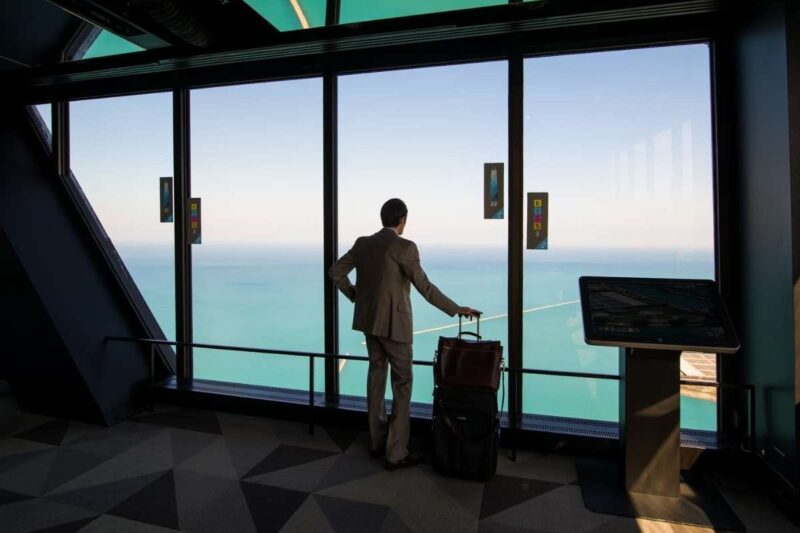
Remote-friendly setups (strong Wi-Fi, decent desks, and quiet spaces) make it practical to add a working Friday to a weekend in another country – stretching trips without burning leave. Meanwhile, tools that surface direct flights, carbon estimates, and public-transit options help you choose smarter routes with lower footprints. The result is fewer last-minute scrambles and more intentional travel.
Small adjustments that have impact
- Pick non-stop flights when possible – fewer emissions and fewer delays.
- Choose lodgings near transit; you’ll see more and spend less.
- Use digital city passes or museum apps to skip queues and paper tickets.
What hasn’t changed – and how to balance it
Technology reduces friction, not curiosity. A perfect app stack can’t replace common sense or cultural respect. Keep a little buffer time in your plans, learn a few local phrases, and stay flexible. The best moments on an international trip still happen when you leave space for the unexpected.

